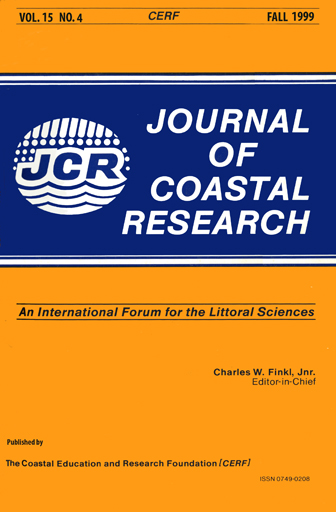Quaternary Sedimentation in the Ría de Pontevedra (Galicia), Northwest Spain
Keywords:
Pleistocene, Holocene, rías of Galicia, faults, sediment loading.Abstract
It has been inferred that the rias of Galicia on the passive margin of northwest Spain which trend nearly at right angles to the Paleozoic structural grain appear to be the result of erosion along a weathered fault zone. New data from the Ria de Pontevedra appears to verify such an origin. The sediment fill in Pontevedra indicates that deposition along the eroded fault zone probably began during the emplacement of the late Pleistocene S1 sequence. Deposition of the Holocene S2 sequence, resting unconformably on S1, reflects not only the Younger Dryas regression, but also the transgressions prior and subsequent to the Younger Dryas regression. Both the Pleistocene and Holocene sequences are disrupted by mud diapirs at the mouth of the Ria de Pontevedra; the Holocene sequence at the mouth on its southeast side also is disrupted by faults which may be due to slope failure. Mobilization of the mud intruding the strata is probably due to sediment loading.


